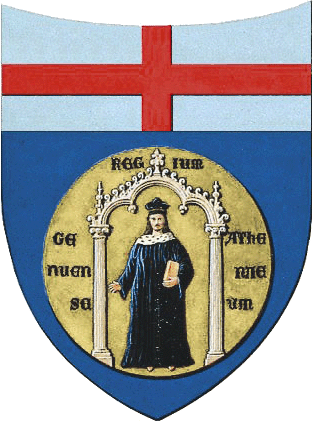
Image Processing and Pattern Recognition for Remote Sensing Lab
Home | Research | People | Projects | Collaborations | Teaching | Publications | Contacts
Problems
The research activity of the IPRS lab focuses on the extraction of environmental information (thematic, biophysical, and geophysical information) from remote sensing images acquired by sensors onboard satellites, aircrafts, or drones. The fast development of remote sensing technologies presents a huge potential from an environmental viewpoint, thanks to the synoptic and temporally repetitive view it gives at the desired spatial scale.
The huge amount of data also calls for new analysis and processing techniques, though. These methods need be able to extract the environmental information required by the end user from the available imagery. The machine learning, pattern recognition and image processing disciplines jointly constitute a natural framework to formulate this information extraction problem. They provide steady methodological tools to address complex image interpretation tasks.
Applications
These are the main applications we are into:- Disaster risk management, including floods, forest fires, earthquakes, and tsunamis. Remote sensing is of primary importance to both collect prior information on disaster-prone areas (land cover, land use, infrastructures, elements at risk, and vulnerability) and to assess after-event ground changes and damages.
- Climate change monitoring, regarding large-scale land cover characterization. Satellite remote sensing is the crucial technological and methodological approach to observe and monitor climate change phenomena and their temporal dynamics over global, continental, and subcontinental scales.
- Resource management, including inland and coastal waters, agricultural lands, forestry, and renewable energy sources. The goal is to assess quantity, quality, spatial distribution, and temporal evolution of these resources.
- Urban area management, regarding urban planning, soil sealing, or vacant urban lands. Remote sensing allows both the status (land cover, land use, imperviousness, infrastructures, etc.) and the temporal dynamics of urban areas to be analyzed and monitored.
Methodologies
Image classification and semantic segmentation
A classification method associates, with each pixel of a remote sensing image, a label denoting an information class, thus producing a thematic map. The use of these methods naturally arises in land cover and land use mapping problems. Many approaches have been developed, including general-purpose learning methods, techniques tailored to specific types of remote sensing data (e.g., multispectral, hyperspectral, or synthetic aperture radar) or data fusion algorithms (e.g., multisensor, multitemporal, multiresolution, and multiscale fusion).
Methodological approaches: probabilistic graphical models (e.g., Markov random fields), neural networks and deep learning, kernel machines, and ensemble methods, clustering.
Change detection and multitemporal analysis
Multitemporal remote sensing data provide important information when the temporal evolution of a process (e.g., crop cultivation, deforestation, urbanization, damage assessment after a disaster) has to be characterized. Change detection techniques analyze an image time series to identify the changes occurred between successive observation times.
Methodological approaches: Bayesian detection and classification, finite mixture modelling, parameter estimation, joint multitemporal classification, Markov random fields and other probabilistic graphical models.
Biophysical and geophysical parameter estimation
Remote sensing data carry information about the biophysical and geophysical properties of the observed ground area. Regression techniques applied to appropriate types of images allow maps of estimates of biophysical and geophysical parameters (e.g., chlorophyll concentration in sea water, land and air surface temperature, wind speed over sea water) to be computed.
Methological approaches: kernel, neural, and ensemble learning, unsupervised physically-based regression.